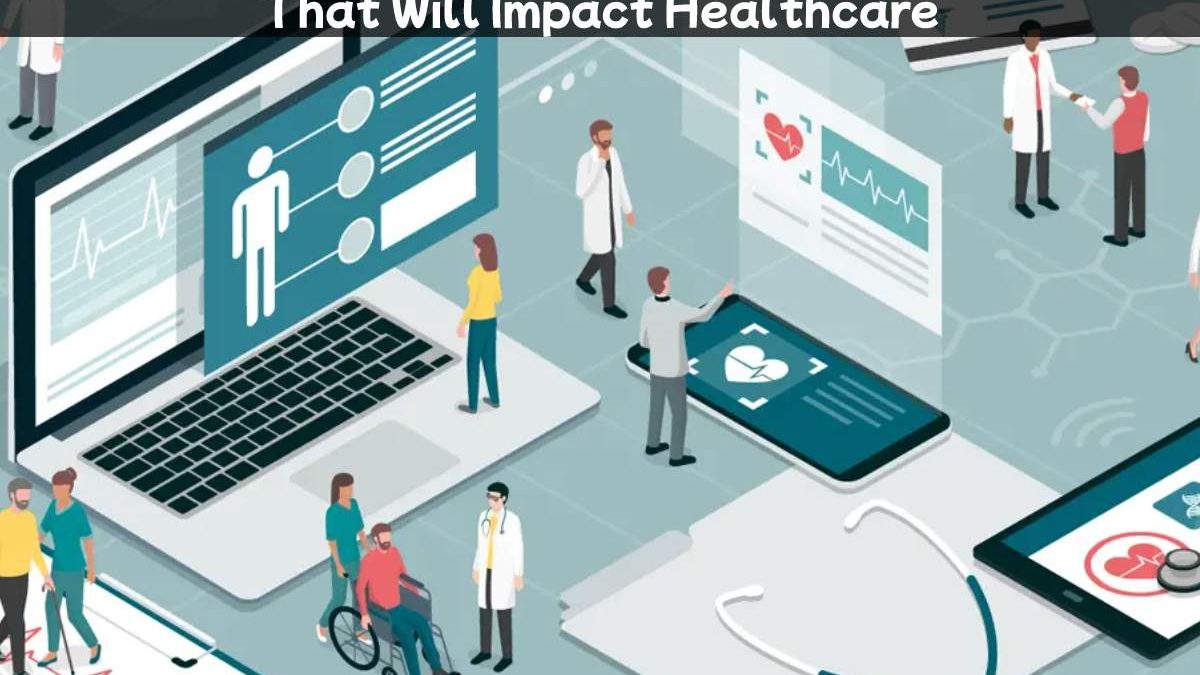Technological Advancements – In 2022, medical technology will advance rapidly. Changing research priorities and cutting-edge technologies such as artificial intelligence play an important role in this area. They help researchers develop new therapies, medical devices, drugs and tests.
In the very near future, we are likely to see significant advances in mRNA technology, cancer research, smart medical devices, and more.
Also read : Know How To Buy Bitcoin
Table of Contents
How Medical Technological Advancements Will Evolve This Year
Major advances in biotechnology and medical technology will help create new devices, treatments and drugs in 2022. Developments such as mRNA vaccines, smart wearable health devices, new cancer research and precision medicine may soon change medicine.
These are the five most important advances that will help change biotechnology and medicine in 2022.
1. New mRNA Vaccines in Technological Advancements
Recent years have brought considerable attention to mRNA technology and vaccines. It is best known for enabling the development of COVID-19 vaccines, and researchers are already working on using mRNA to treat other diseases.
The National Institutes of Health has already initiated three different trials of an mRNA vaccine for HIV. Experts predict that the flu and potentially cancerous vaccines are also on the way.
Now that investment in COVID-19 mRNA vaccines has unlocked the potential of the technology, researchers may have a clear path for developing several mRNA vaccines for diseases that are currently difficult to prevent. (See also: How AI and Robots Could Improve Vaccine Delivery.)
2. Telemedicine And Smart Medical Devices
In recent years, telemedicine and telemedicine have become in demand medical services. The right technology enables doctors to deliver clinical and non-clinical services over the Internet.
Telemedicine and telemedicine offer significant benefits to patients, primarily greater comfort, greater convenience, and better accessibility for people who would else have a hard time seeing a doctor in person. However, doctors may not be able to gather all the information they need from a patient on the Internet.
Smart medical devices and wearable devices can help change that. Medical device manufacturers are building next-generation smart medical technologies that will allow healthcare professionals to remotely access critical health information, making telemedicine even more efficient.
In the near future, wearable devices that collect information such as heart rate or blood oxygen levels will help doctors monitor patients’ health, even if an in-person visit isn’t practical.
Also read : Know About Building A Great Small Business Website
3. Better Cancer Tests And New Investments in “Basic Research”
Researchers will spend 2022 concentrating more on fundamental science, or “basic research on how cells and molecules operate and interact,” according to cancer specialists and groups like the American Association for Cancer Research. The term “essential” in fundamental science does not imply simplicity, but rather that it will serve as the cornerstone for more specialized therapies and sophisticated cures.
Researchers may be better able to comprehend how cellular regulatory systems that ordinarily prevent cancer might go awry if they have a better knowledge of how cells change from one condition to another. In order to reduce or stop the growth of cancer, this may enable researchers to restore normal cellular function.
Basic science can also help make cancer testing much more effective. Standard tests available include radiologists who interpret mammograms or CT scans of a patient’s lungs to diagnose breast and lung cancer.
While these tests are among the best options available, they are subject to some degree of false positives and negatives. Complementary strategies will give providers more options and enable faster and more accurate diagnoses for patients.
For FFPE (formalin-fixed, paraffin-embedded) tumor tissue samples, various businesses want to provide novel assays. Existing versions identify “genomic abnormalities” in tissue samples using color-coded sensors and distinctive reagents. These tests can help doctors and researchers find genetic anomalies that are connected to cancer.
These more advanced tests can aid physicians in more quickly and precisely diagnosing cancer. These tests can have a significant impact on the doctor’s capacity to deliver care because earlier diagnosis is linked to better treatment outcomes.
4. Advances In Precision Medicine in Technological Advancements
Physicians can use precision medicine to personalize a patient’s treatment based on their unique genetics, lifestyle, and environment. Information from sources such as a patient’s genome allows them to select treatments or drugs that may work more effectively. As a result, people can receive better and more timely care for some of the more difficult-to-treat conditions, such as autoimmune diseases and cancer. (See also: Internet of Things and Medication Adherence: Different Approaches to Connected Solutions.)
Some of the greatest recent advances in precision medicine have been in disease classification. A better understanding of the molecular pathology of different types of cancer provides researchers and doctors with information they can use to develop drugs or treat patients.
Individual medical practices could become much more common in the near future as doctors consider a patient’s unique biology and genetics when planning treatment options.
In addition, the use of digital twins and “virtual patients” helps simplify the process of experimenting with new drugs and medical innovations. Using virtual models and organs or systems in the human body reduces the risk of harm caused by human experimentation and reduces the need to rely on human or animal testing, Forbes reports.
5. 3D Printing Of Medical Devices
3D printing makes it possible and cost-effective to print medical devices on demand. Manufacturers can also rapidly develop unique devices tailored to the patient’s unique physiology.
For example, 3D printed prosthetics can perfectly fit patients. These devices and components can be built on demand, which can help clinicians deliver these devices to patients as quickly as possible. 3D printing also allows parts to be produced quickly and ensures that broken dentures can be repaired in a timely manner.
3D printing could soon be used for even more medical devices, including orthodontic appliances, stethoscopes, and even bioprinted skin grafts. (See also: 3D printing history, overview, and future prospects.)
Also read : Full Guide for Best Compass Watches

